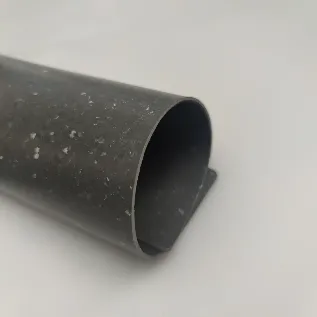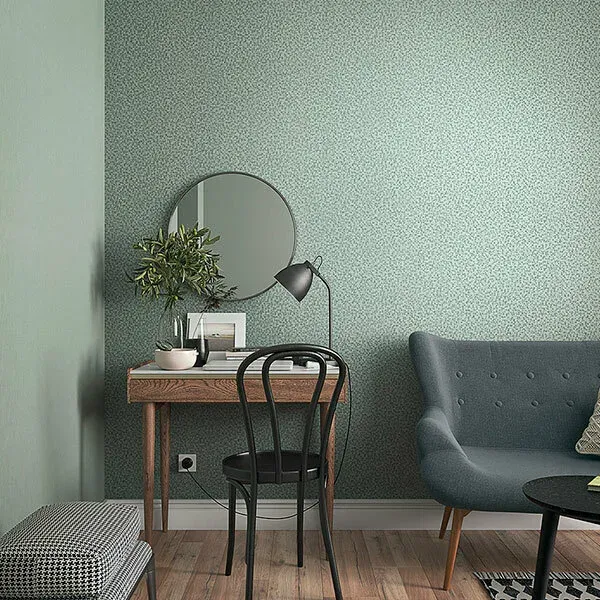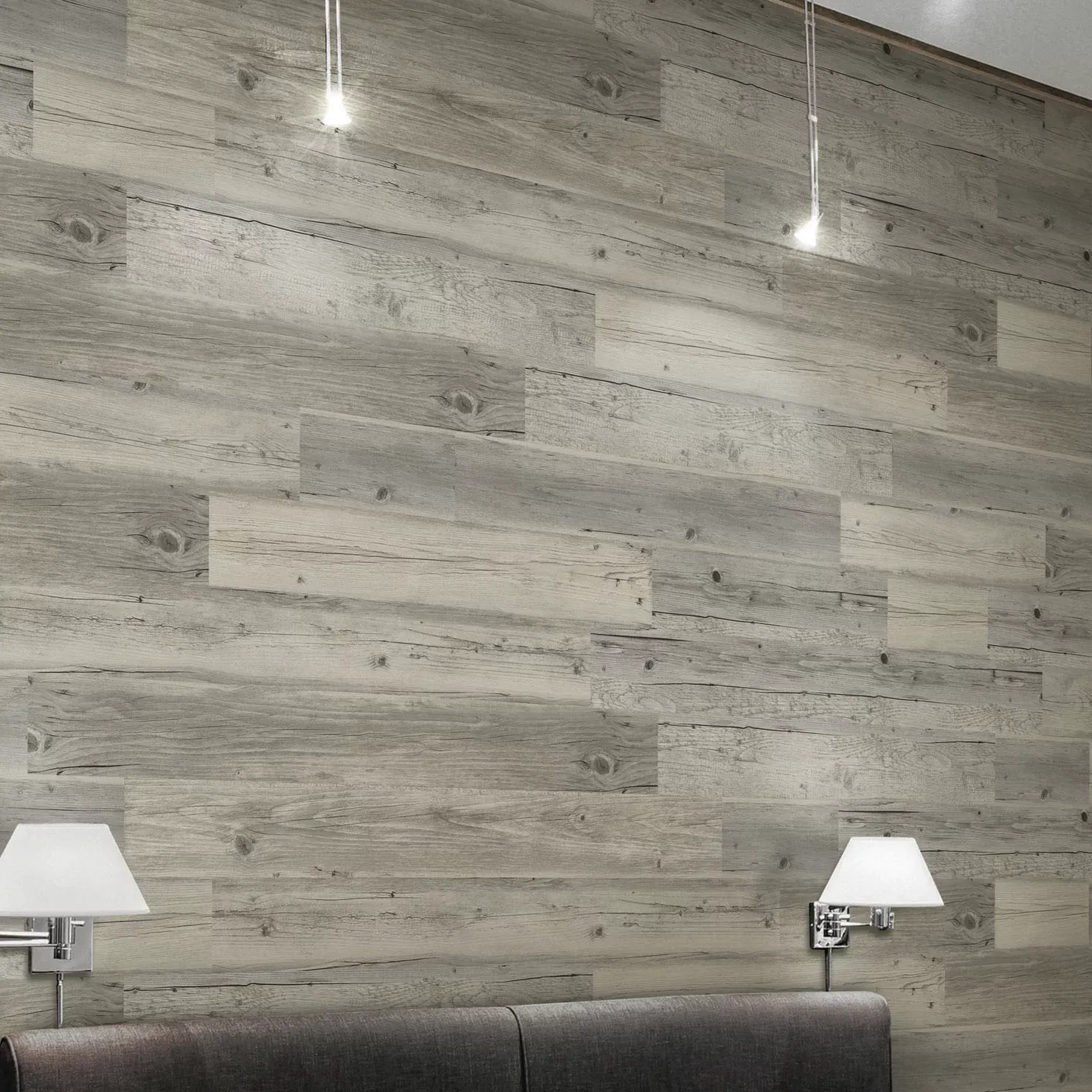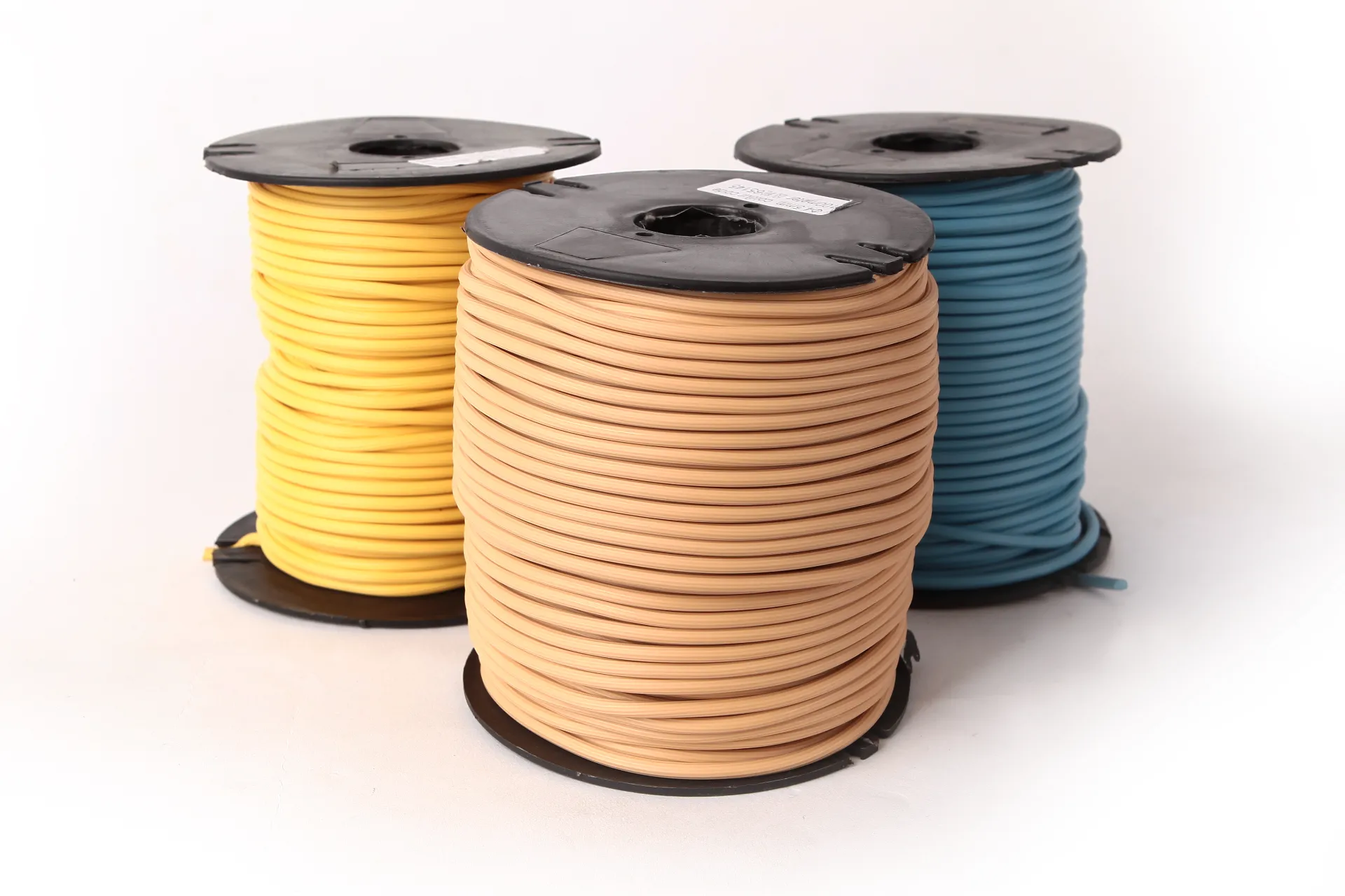
- Afrikaans
- Albanian
- Amharic
- Arabic
- Armenian
- Azerbaijani
- Basque
- Belarusian
- Bengali
- Bosnian
- Bulgarian
- Catalan
- Cebuano
- Corsican
- Croatian
- Czech
- Danish
- Dutch
- English
- Esperanto
- Estonian
- Finnish
- French
- Frisian
- Galician
- Georgian
- German
- Greek
- Gujarati
- Haitian Creole
- hausa
- hawaiian
- Hebrew
- Hindi
- Miao
- Hungarian
- Icelandic
- igbo
- Indonesian
- irish
- Italian
- Japanese
- Javanese
- Kannada
- kazakh
- Khmer
- Rwandese
- Korean
- Kurdish
- Kyrgyz
- Lao
- Latin
- Latvian
- Lithuanian
- Luxembourgish
- Macedonian
- Malgashi
- Malay
- Malayalam
- Maltese
- Maori
- Marathi
- Mongolian
- Myanmar
- Nepali
- Norwegian
- Norwegian
- Occitan
- Pashto
- Persian
- Polish
- Portuguese
- Punjabi
- Romanian
- Russian
- Samoan
- Scottish Gaelic
- Serbian
- Sesotho
- Shona
- Sindhi
- Sinhala
- Slovak
- Slovenian
- Somali
- Spanish
- Sundanese
- Swahili
- Swedish
- Tagalog
- Tajik
- Tamil
- Tatar
- Telugu
- Thai
- Turkish
- Turkmen
- Ukrainian
- Urdu
- Uighur
- Uzbek
- Vietnamese
- Welsh
- Bantu
- Yiddish
- Yoruba
- Zulu
Lloriau Swyddfa Masnachol ac Iechyd: Mynd i'r afael ag Ansawdd Aer a Hylendid
Yn yr amgylchedd swyddfa modern sydd ohoni, mae busnesau'n rhoi pwyslais cynyddol ar les gweithwyr ac iechyd cyffredinol eu gweithle. Er bod apêl esthetig a gwydnwch lloriau swyddfa masnachol yn cael eu blaenoriaethu'n aml, mae effaith lloriau ar ansawdd aer a hylendid yr un mor hanfodol. Gall dewisiadau lloriau chwarae rhan sylweddol wrth gynnal amgylchedd swyddfa glân, iach, gan helpu i leihau lledaeniad alergenau, bacteria a chemegau niweidiol a allai effeithio ar iechyd gweithwyr.
In this article, we’ll explore how lloriau swyddfa fasnachol yn dylanwadu ar ansawdd aer a hylendid, ynghyd ag opsiynau lloriau sy'n hyrwyddo gweithle iachach.

Y Cysylltiad Rhwng Lloriau ac Ansawdd Aer Dan Do Ynghylch Lloriau Swyddfa Masnachol
Mae ansawdd aer dan do (IAQ) yn bryder cynyddol i fusnesau, yn enwedig gan fod gweithwyr yn treulio oriau hir dan do. Gall IAQ gwael gyfrannu at ystod o faterion iechyd, o broblemau anadlu i alergeddau a hyd yn oed blinder. Pan ddaw i lloriau ar gyfer adeiladau masnachol, gall rhai deunyddiau ryddhau cemegau niweidiol i'r aer, tra gall eraill ddal llwch ac alergenau, gan waethygu problemau ansawdd aer dan do.
Gall llawer o ddeunyddiau lloriau traddodiadol, fel carpedi wedi'u gwneud o ffibrau synthetig, ddal llwch, baw ac alergenau eraill. Dros amser, gall y gronynnau hyn gael eu rhyddhau i'r aer, gan sbarduno adweithiau alergaidd neu waethygu symptomau asthma mewn unigolion sensitif. Yn ogystal, gall rhai mathau o loriau, yn enwedig finyl a laminiad, gynnwys cyfansoddion organig anweddol (VOCs) sy'n tynnu'r nwy i'r aer. Gall VOCs arwain at gyflwr a elwir yn "syndrom adeiladu sâl," sy'n achosi symptomau fel cur pen, pendro, a llid y llygaid, y trwyn a'r gwddf.
Gall dewis deunyddiau lloriau sy'n lleihau rhyddhau VOCs a llwch wella IAQ yn sylweddol a chreu gweithle iachach.
Deunyddiau Lloriau Swyddfa Masnachol sy'n Gwella Ansawdd Aer Dan Do
Er mwyn cefnogi amgylchedd swyddfa iachach, dylai busnesau ystyried lloriau masnachol gwydn deunyddiau sy'n gwella ansawdd aer trwy leihau cronni llwch a lleihau rhyddhau cemegau niweidiol. Mae sawl opsiwn ecogyfeillgar yn sefyll allan am eu gallu i hyrwyddo aer glanach a chefnogi gwell iechyd gweithwyr.
Natural materials such as cork, bamboo, and linoleum are excellent choices for office spaces where air quality is a priority. These materials are naturally resistant to dust and allergens and contain little to no VOCs. Cork, for example, is made from the bark of cork oak trees and is naturally anti-microbial and hypoallergenic. It doesn’t trap dirt or dust, making it an ideal choice for high-traffic office areas that demand cleanliness.
Bamboo is another sustainable, low-emission flooring option that contributes to improved air quality. Since it grows quickly and is harvested without damaging the environment, bamboo flooring is an eco-friendly choice that helps businesses maintain a clean and healthy office space. Linoleum, made from natural materials like linseed oil, cork dust, and wood flour, is another good option for businesses looking for a low-emission floor that doesn’t off-gas harmful chemicals.
In addition to natural materials, certain engineered flooring systems are designed to meet high indoor air quality standards. Many of these products are certified by organizations like GreenGuard and FloorScore, which test and certify flooring materials for low-VOC emissions. Choosing flooring products with these certifications ensures that employees aren’t exposed to harmful chemicals and that the office environment remains fresh and breathable.
Lloriau a Hylendid Swyddfa Masnachol: Ffactor Hanfodol mewn Glendid Gweithle
Mae cynnal hylendid da yn y swyddfa yn hanfodol ar gyfer lleihau lledaeniad germau, bacteria a firysau, yn enwedig mewn ardaloedd cyffyrddiad uchel fel ystafelloedd egwyl, ystafelloedd cynadledda, ac ystafelloedd ymolchi. Gall deunyddiau lloriau sy'n hawdd eu glanhau, eu diheintio a'u cynnal a chadw helpu i gadw'r gweithle'n hylan a lleihau'r posibilrwydd o drosglwyddo salwch.
Hard flooring surfaces such as tile, vinyl, and polished concrete are generally more hygienic than carpets because they don’t trap dirt, dust, or moisture. These surfaces are easy to wipe down with standard cleaning products, making them more resistant to bacteria and mold growth. For instance, vinyl floors with antimicrobial properties are highly effective in areas like kitchens and bathrooms, where hygiene is a top priority. The smooth surface of vinyl makes it easy to clean and prevents the buildup of germs and allergens.
Yn yr un modd, mae teils wedi'u gwneud o gerameg, porslen neu garreg naturiol yn wydn iawn ac yn gwrthsefyll lleithder, sy'n helpu i atal twf llwydni a bacteria. Mae'r lloriau hyn yn arbennig o addas ar gyfer mannau sy'n dueddol o ddioddef colledion neu leithder uchel, fel ystafelloedd ymolchi neu geginau. Yn ogystal, gellir trin llinellau growtio rhwng teils gyda selyddion gwrthficrobaidd i wella hylendid ymhellach.
On the other hand, carpeted floors can trap dirt, dust, and allergens in their fibers, making them more challenging to clean and maintain. In offices with high foot traffic or areas where spills are common, carpet can harbor bacteria and germs that may be difficult to eliminate completely. However, commercial carpets made from high-performance fibers, such as nylon or polypropylene, are designed to resist staining and can be cleaned with specialized equipment to maintain hygiene. It’s essential to ensure carpets are vacuumed frequently and professionally cleaned at regular intervals to prevent the buildup of harmful particles.
Rôl Lloriau Swyddfa Masnachol wrth Leihau Croeshalogi
In addition to preventing the accumulation of dirt and allergens, commercial office flooring can also play a role in reducing cross-contamination between different areas of the office. The use of mats or rugs at entrances, for example, can help trap dirt and moisture before it’s carried into the rest of the office. This simple step can help keep floors cleaner and reduce the amount of dust and bacteria that spreads throughout the workspace.
In areas where food is prepared or consumed, such as kitchens or break rooms, it’s important to select flooring that resists stains and moisture absorption. Vinyl and rubber flooring are ideal for these spaces because they are easy to wipe down and are resistant to the growth of bacteria. Additionally, these materials are slip-resistant, reducing the risk of accidents in areas prone to spills.
-
Masking Tape: Clean Removal, Precision Lines, Pro-GradeNov.10,2025
-
Skirting: MDF, Oak & SPC | Durable, Easy-FitNov.10,2025
-
Commercial VCT Tile Flooring – Durable, Low-MaintenanceNov.10,2025
-
LVT Vinyl Floors – Waterproof, Scratch‑Resistant, Easy ClickNov.10,2025
-
Masking Tape - Pro-Grade, Clean Removal, Crisp LinesNov.10,2025
-
Premium Masking Tape - Sharp Lines, Clean RemovalNov.10,2025



